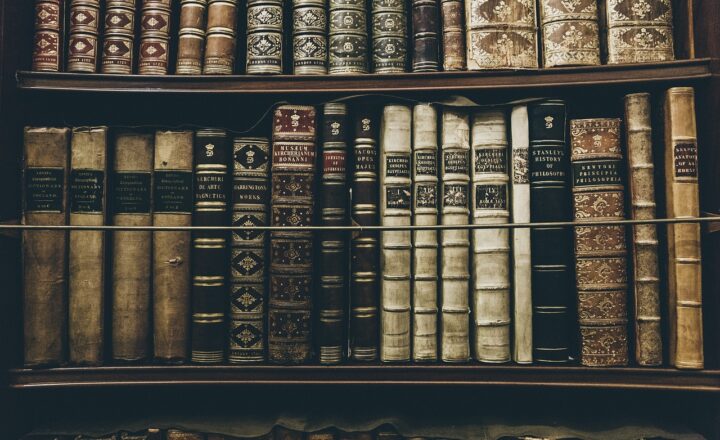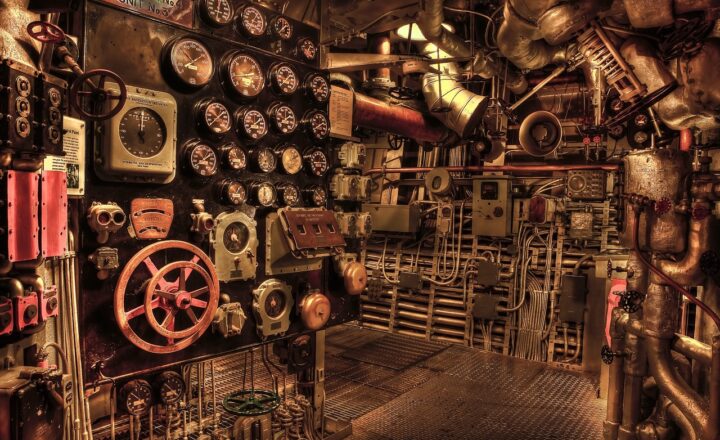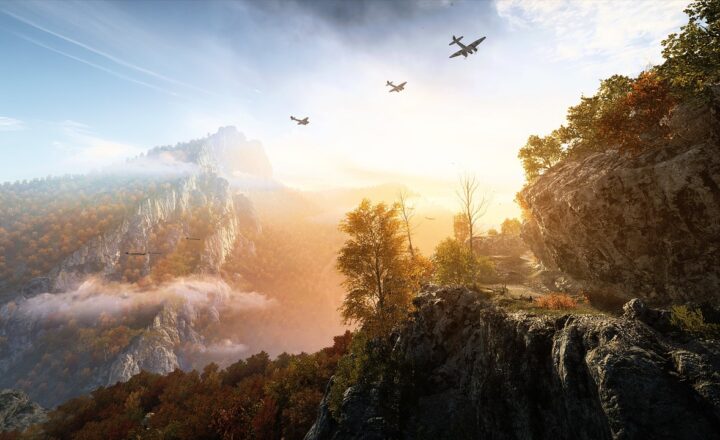How Disney’s Renaissance Era in the 90s Gave Us Some of the Best Animated Films
November 12, 2024

The 1990s marked a significant turning point in the world of animated films, particularly for The Walt Disney Company. This period, often referred to as the Disney Renaissance, encompassed a creative resurgence that produced some of the most beloved animated classics of all time. From mesmerizing storytelling to groundbreaking animation techniques, Disney’s Renaissance Era set the benchmark for animated films and influenced countless creators worldwide.
1. The Birth of the Renaissance Era: Setting the Stage
Disney’s Renaissance Era began in the late 80s with the release of “The Little Mermaid” in 1989, but the 90s were undoubtedly its golden years. This revival was catalyzed by several factors, such as:
- Inspired Leadership: Under the direction of Disney executives like Jeffrey Katzenberg, the studio reinvested in animated storytelling, prioritizing quality narratives and rich character development.
- Technological Advancements: The use of computer-generated imagery (CGI) began to complement traditional hand-drawn animation techniques, enhancing visual storytelling in films like “Beauty and the Beast.”
- The Rise of Musical Elements: Featuring original soundtracks with memorable songs, composers like Alan Menken became intrinsic to the storytelling process, enhancing the emotional and cultural impact of these films.
These aspects not only revived the brand but also redefined the animated film landscape, making it a dominant force in cinema.
2. Iconic Films of the Disney Renaissance
The golden 90s gave birth to iconic films that resonate even today. Each film introduced a unique story and unforgettable characters:
- The Little Mermaid (1989): Often considered the film that reignited Disney’s legacy, it introduced audiences to Ariel, a mermaid who dreams of living on land. With its charming songs and visual splendor, it set the tone for the renaissance.
- Beauty and the Beast (1991): This film was a breakthrough in animated storytelling, becoming the first animated feature to be nominated for the Academy Award for Best Picture. Its timeless tale of love and redemption captivated audiences worldwide.
- Aladdin (1992): With the unforgettable Genie voiced by Robin Williams, this film not only provided humor but also showcased the magic of its vibrant world and catchy songs that live on in pop culture.
- The Lion King (1994): Often regarded as one of the greatest animated films of all time, “The Lion King” featured powerful themes of loss, responsibility, and identity. Its soundtrack, including the iconic “Circle of Life,” remains legendary to this day.
- Mulan (1998): Breaking traditional gender roles, this film told the story of a young woman who disguises herself as a man to save her father. With its empowering messages and stirring soundtrack, it became a milestone in Disney’s repertoire.
Each film contributed to the cultural fabric of the 90s and redefined family entertainment, making it appealing to audiences of all ages.
3. Impact on Animation and Storytelling
The Disney Renaissance did not just result in box office successes; it reshaped animation and storytelling:
- Focus on Character Development: The films of this era prioritized multifaceted characters with relatable motivations, allowing audiences to engage more deeply with each story.
- Moral Lessons and Themes: The stories conveyed important life lessons, touching on themes like friendship, love, identity, and courage, which resonated with both children and adults alike.
- Innovative Animation Techniques: The integration of CGI with traditional animation created visually stunning sequences that enhanced storytelling. “Beauty and the Beast’s” ballroom scene is a perfect example of this creativity in action.
The impact of these films extended beyond their initial releases, inspiring a new generation of animators and storytellers who sought to capture the magic that Disney had perfected.
4. Cultural Impact and Legacy
The legacy of Disney’s Renaissance Era is visible today. Its influence goes beyond films and can be seen in merchandise, theme parks, and even Broadway adaptations:
- Merchandising Phenomenon: Characters from Renaissance films became household names, leading to a vast array of merchandise that continues to generate revenue for Disney.
- Themed Attractions: Disney parks have incorporated beloved characters and stories into rides and attractions, immersing families in the magic of their favorite films.
- Stage Adaptations: The success of films like “The Lion King” on Broadway changed the theater landscape, showcasing how animated stories could transition successfully to live performances, further bolstering the characters’ popularity.
The powerful narratives from the 90s still resonate, influencing contemporary film and animation and reminding us of the lasting impact of exceptional storytelling.
5. Conclusion: An Era to Remember
The Disney Renaissance of the 90s was not merely a phase; it was a monumental movement that redefined animated films forever. The combination of innovative storytelling, unforgettable songs, and memorable characters created a legacy that continues to inspire audiences. To revisit these films is not just to enjoy nostalgia but to appreciate the craftsmanship and creativity that brought them to life.
As we look backward with affection, we owe a great deal to this era that gifted us classics that remain impactful and enchanting today. Disney’s Renaissance bestowed upon us a reservoir of wisdom, laughter, and joy that connects generations.
Whether you relive the adventures of Ariel, Mulan, or Simba, the magic of the Disney Renaissance era will forever hold a special place in our hearts.








